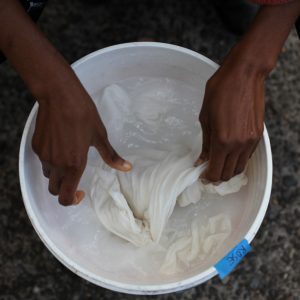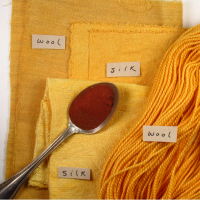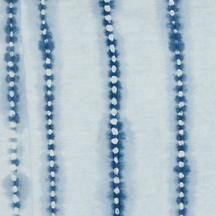MORDANT MONDAY: Mordanting For Mixed Fibers + Blotchy Linen
We get mordant questions all the time at Botanical Colors so why not create Mordant Monday??? Got mordanting questions? Email [email protected] This week on MORDANT MONDAY… YOU ASKED: I tried the oak gall tannin and then symplocos method on linen and for the life of me I can’t get an even dye. The mordant looks blotchy. Not sure what to do. I get consistently blotchy pieces with linen. KATHY ANSWERED: Hmm. Unevenness in mordanting and dyeing can come from a number of bedeviling sources. The first thing that comes to mind is the cleanliness of the fabric. If the linen isn’t evenly … Read more










